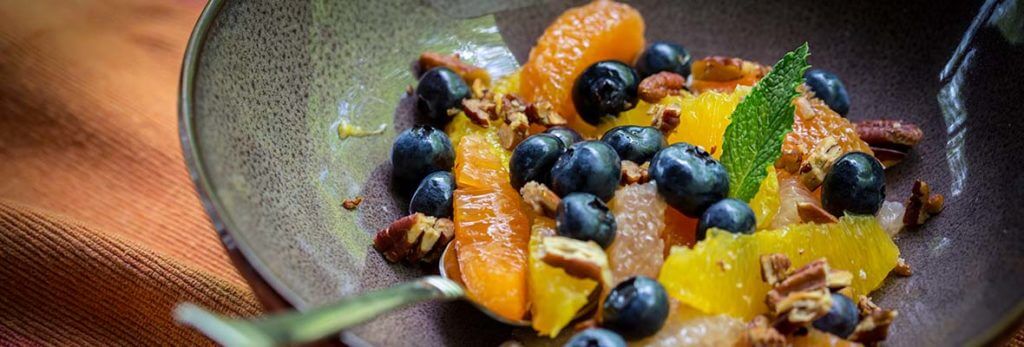America’s Snack Culture and Five Reasonable Choices

In the 1970s, a significant change occurred in the worldwide food industry: big corporations stopped using traditional methods of sweetening processed foods. Instead of granular sugar, they began using a product developed in the 1950s called high-fructose corn syrup (HFCS). HFCS was, and still is, much easier to use in mass-production, less expensive, and every bit as tasty as plain old glucose. It maintains its primary properties, i.e. its sweetness, in more foods, its liquid form makes transport and mixing more efficient, and—did I mention it’s much less expensive?
It was a no-brainer for what we now call Big Food: fast, cheap, and sweet. Far too good for any shrewd corporate decision-maker to resist.
Not long after the change from granular sugar to HFCS, the U.S. government began recommending the low-fat diet most of us grew up with—the one popularized through widespread publication of the famous food pyramid. Almost all of us remember it clearly: at the bottom of the pyramid, forming the foundation of the diet, the graphic encouraged us to eat 6-11 servings of breads, cereals, and grains per day. Food companies loved this, because it encouraged the entire U.S. population to eat plenty of grain based…snacks.
And thus our snacking culture was born.
Snackability and bingability were quite literally shoved in our faces by both the corporations and the government. And consequently, we began to shove grain-based snacks into our bodies.
Plan Your Snacking. Turn off the TV. And yes to Chocolate!
According to a 2016 study published in Obesity, three main behavioral factors correlate with a high level of obesity: not planning how much to eat, eating pre-packaged foods, and eating in front of the television.
I not saying you should never snack; however, I am suggesting a paradigm shift with regards to snacking. I believe we need to make our snacking conscious and mindful instead of unconscious and random. We have this idea that snacking means grabbing any old thing and eating it while we do something else. Let’s change that. Let’s make our snacks part of our overall approach to health and wellness.
If you get hungry between meals, here are five healthy alternatives to grain-heavy, HFCS laden pre-packaged snacks:
- Mixed Nuts. Fill a two-ounce container with your favorite mixed nuts or seeds. I personally love a mix of cashews, macadamias and almonds. The healthy fats, fiber, and crunch provide satiety, antioxidants, and a nice dose of magnesium.
- Avocado. Seriously. After you open up the avocado, eat ½ and save the other ½ (with the pit) for a later time. Use a spoon and savor every bite. The fats, vitamin E, and dietary fiber are both healthy and yummy. A study published in the November, 2103 edition of Nutrition Journal found overweight adults who consumed ½ of an avocado with their lunch had decreased appetite 3-5 hours after eating. There you go: no late afternoon hunger pangs, courtesy of the avocado.
- Hot Tea with 1 tsp. Local Honey. This isn’t necessary a snack, but sometimes we just need something soothing and calming between meals. Green tea, black tea, and chai teas are lovely options. After drinking, ask yourself if you’re still hungry. Chances are you won’t be.
- Carrots and Hummus. Co-workers may get a little annoyed by the crunch, but this snack combo is absolutely worth every bite. Carrots are loaded with vitamin A, dietary fiber, and provide a nice, healthy sweetness to battle the urge to reach for a sugary pre-processed item. Hummus is loaded healthy fats from olive oil and should help control blood sugar spikes.
- Dark Chocolate and Berries. Amen! Yes! I’m saying eat chocolate! Woohoo! One ounce of dark chocolate, 85% cacao and above, plus ¼ cup of fresh berries makes the perfect polyphenol combination. I’m not only saying this because I love chocolate; but okay, I do love chocolate. Thankfully, the science backs me up on this one. A study in the May 2016 issue of Heart shows diets rich in polyphenols significantly improve heart health markers. What more do you need?